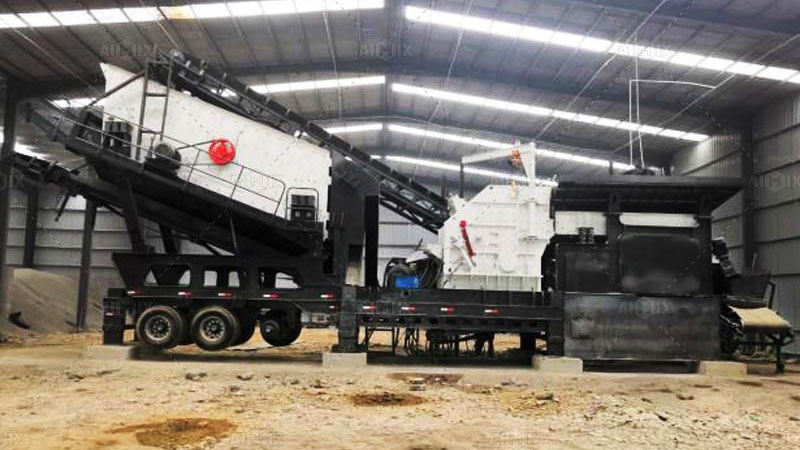In the mining and aggregate industry, stone crushing plants play a key role in turning large rocks into various sizes of construction materials. However, crushing operations also generate a significant amount of dust, which not only harms the environment but also affects the health of workers and the efficiency of the equipment. This raises an important question: does the stone crushing plant really need dust removal equipment? Let’s explore the reasons, benefits, and practical considerations of integrating dust control systems in stone crushing operations.
The Role of Dust in Stone Crushing Operations
Stone crushing processes—whether using a stationary plant or a portable stone crusher(trituradora de piedra portatil)—involve feeding raw materials like granite, limestone, or basalt into a primary crusher. As the material breaks down, fine dust particles are released into the air. The amount of dust depends on factors such as the type of rock, the crushing method, and moisture content.
In many cases, dust is unavoidable, especially during dry weather or in open quarry sites. The presence of fine particles not only poses health hazards but also reduces visibility, causes blockages in machinery, and contributes to environmental pollution. This is especially concerning when crushing softer materials like limestone, which can generate a large volume of fine dust.
Health and Environmental Concerns
Crystalline silica, commonly found in stones like granite and limestone(molino para piedra caliza), is a well-known respiratory hazard. Prolonged exposure can lead to serious health issues, including silicosis and other lung diseases. Workers in close proximity to crushing equipment are most at risk.
In addition to health issues, dust can also lead to environmental degradation. Accumulated dust can pollute nearby water sources, affect local vegetation, and contribute to air pollution. Regulatory authorities in many countries have implemented strict air quality and workplace safety standards, making dust suppression not just optional but mandatory.
Benefits of Installing Dust Removal Equipment
Implementing dust removal equipment in a stone crushing plant brings several key advantages:
1. Improved Worker Safety
By reducing airborne particles, the work environment becomes safer and more comfortable. Operators and technicians face lower risks of respiratory problems and other health issues.2. Enhanced Equipment Efficiency
Dust can clog up filters, screens, and conveyors, reducing equipment performance and increasing maintenance needs. Effective dust control minimizes these issues, resulting in longer equipment lifespan and reduced downtime.3. Regulatory Compliance
In regions with strict environmental laws, dust removal systems help ensure compliance and avoid fines or shutdowns. This is especially important for plants processing materials like limestone or concrete.4. Better Product Quality
Controlling dust also helps maintain the cleanliness and consistency of the end product, whether it’s gravel for road construction or fine materials for concrete mixes.Common Dust Suppression Methods
There are several methods used in stone crushing plants to suppress dust:
Water Spray Systems
Water spray systems are among the most common solutions. Nozzles installed at various crushing and screening points help dampen dust before it becomes airborne.Dust Extraction Units
These are mechanical systems that use fans and filters to extract dust from enclosed sections of the plant. They are particularly effective in indoor crushing setups or where precision control is needed.Enclosures and Barriers
Covering conveyors and transfer points helps to contain dust, while wind barriers reduce dust movement in outdoor plants.Do Portable Crushers and Specialty Crushers Need Dust Control?
Absolutely. Mobile equipment like a portable stone crusher or a concrete crusher(trituradora de concreto) used on construction sites is often located in urban areas or near residential zones. The risk of dust pollution in such settings is high, making dust suppression a necessity.
Similarly, when operating a limestone crusher, the high generation of fine particles due to the soft nature of limestone makes dust control essential for both safety and operational efficiency.
Conclusion
Yes, stone crushing plants undeniably need dust removal equipment. Whether it’s a large-scale quarry or a mobile crushing setup, the health, environmental, and operational benefits far outweigh the investment. Proper dust suppression is not just good practice—it’s a vital component of modern, sustainable crushing operations in the mining and aggregate industry. As environmental regulations tighten and public awareness grows, equipping your stone crusher plant with reliable dust control systems is no longer optional—it’s essential.


Comments
No comments yet. Be the first to react!